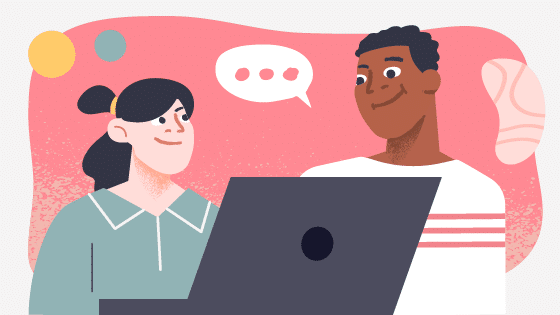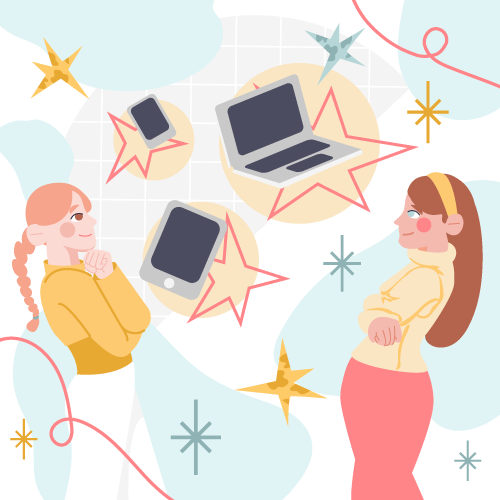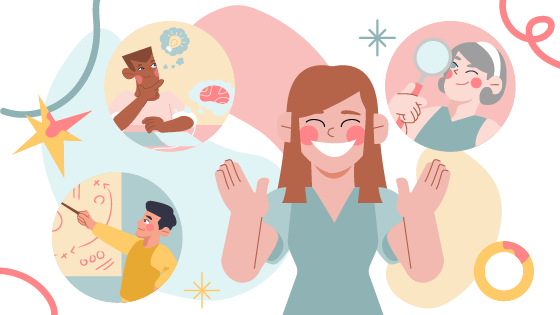In today’s rapidly evolving world, workplace diversity has transcended mere buzzword status to become a fundamental aspect of modern organizational success. Beyond conventional perceptions, the concept of workplace diversity is taking on new dimensions and intricacies that demand a broader understanding. By expanding the definition of workplace diversity, organizations can unlock a world of innovation, belonging, and growth.
Embracing a broader definition of diversity
When discussing workplace diversity, it’s essential to cast a wider net that encompasses not only demographic differences but also cognitive diversity. Recognizing and embracing a broader spectrum of diversity can lead to a more comprehensive and inclusive work environment.
Diversity in demographics and beyond
Traditionally, the concept of workplace diversity has centered around visible differences such as race, gender, and ethnicity. However, true diversity extends beyond these visible markers. It also includes characteristics like age, religion, sexual orientation, physical abilities, life context, gender fluidity, and socioeconomic background. Embracing this array of identities creates a richer and more vibrant organizational culture, fostering an atmosphere where every individual can thrive.
Cognitive diversity: harnessing differences in thought
Apart from demographic diversity, cognitive diversity is a potent source of innovation and creativity. It involves variations in how individuals perceive, process, and solve problems. When diverse minds come together, they bring unique perspectives and approaches that can lead to groundbreaking solutions.
Cognitive diversity challenges the status quo, encouraging teams to question assumptions and explore novel avenues. There are several other diverse groups that often go unnoticed. Individuals with neurodivergent traits, such as autism or ADHD, contribute distinct modes of thinking and problem-solving to the workplace. Veterans, with their discipline and adaptability, can bring fresh insights. Individuals with non-traditional educational backgrounds also add unconventional viewpoints.
What is diversity in the workplace?
Diversity in the workplace encapsulates the variety of differences that individuals bring to an organization. These differences can be visible, such as race and gender, or invisible, like cognitive approaches and communication styles. A truly diverse workforce comprises individuals with distinct experiences, backgrounds, and viewpoints.
The benefits of a diverse workforce
More creativity and innovation
Diverse teams are vibrant melting pots of ideas, where each member contributes a unique perspective. When people with varied life experiences collaborate, they create a dynamic environment that stimulates innovation. The collision of diverse viewpoints often sparks creativity, leading to innovative products, services, and problem-solving strategies.
Improved problem-solving
Homogeneous teams tend to approach challenges in predictable ways. On the other hand, diverse teams offer a range of strategies and solutions. When confronted with complex issues, diverse groups can dissect problems from multiple angles, leading to well-rounded and effective solutions.
Increased employee engagement
An inclusive work environment fosters a sense of belonging among employees. When individuals feel valued for their unique contributions, they become more engaged and motivated. This engagement translates into improved job satisfaction, higher productivity, and reduced turnover rates.
Enhanced decision-making agility
Diverse teams bring a multitude of perspectives to the decision-making table. When confronted with complex choices, these varied viewpoints can help teams see the bigger picture and uncover potential pitfalls. The collective wisdom derived from diverse backgrounds ensures that decisions are well-rounded, informed, and considerate of different angles.
Expanded global market reach
In an interconnected world, businesses are increasingly engaging with diverse markets spanning different cultures, languages, and demographics. A workforce that reflects this diversity is better equipped to understand and cater to the nuances of various market segments. This alignment with global sensibilities can translate into increased market share and customer loyalty, driving sustained growth.
Cultivating diversity: strategies for team leaders
Diversity doesn’t happen by chance; it requires deliberate efforts and strategies. Team leaders play a pivotal role in cultivating an environment that welcomes and celebrates differences. Here are some strategies to consider:
Remember, cultivating diversity is an ongoing process that requires dedication and a willingness to adapt. By implementing these strategies, leaders can foster an environment where every team member feels valued, included, and empowered to contribute their unique strengths to the organization’s success.
Fostering a sense of belonging: a catalyst for retention, productivity, and satisfaction
The profound impact of belonging within an inclusive work environment reverberates across several key areas. Studies consistently reveal that employees who feel a strong sense of belonging are more likely to remain loyal to the organization, reducing turnover rates and the associated costs.
This feeling of being valued and accepted bolsters job satisfaction, directly influencing productivity levels. When individuals are confident that their contributions matter, they invest themselves wholeheartedly in their work, resulting in heightened engagement and output. In essence, an inclusive and diverse workplace that fosters belonging serves as a powerful driver of employee retention, heightened productivity, and overall job satisfaction.
Forging a path to progress through diverse unity
Expanding the definition of workplace diversity is an imperative step toward unlocking the full potential of organizations. Embracing demographic and cognitive differences, along with various other dimensions, leads to enriched creativity, better problem-solving, and increased employee engagement. By fostering an inclusive work environment, leaders pave the way for innovation and growth, ensuring that diversity becomes not just a goal, but a driving force behind success.
As the landscape of workplace diversity continues to evolve, organizations that embrace the broader essence of diversity will undoubtedly stand out as pioneers in creating thriving, inclusive, and forward-thinking workplaces.






